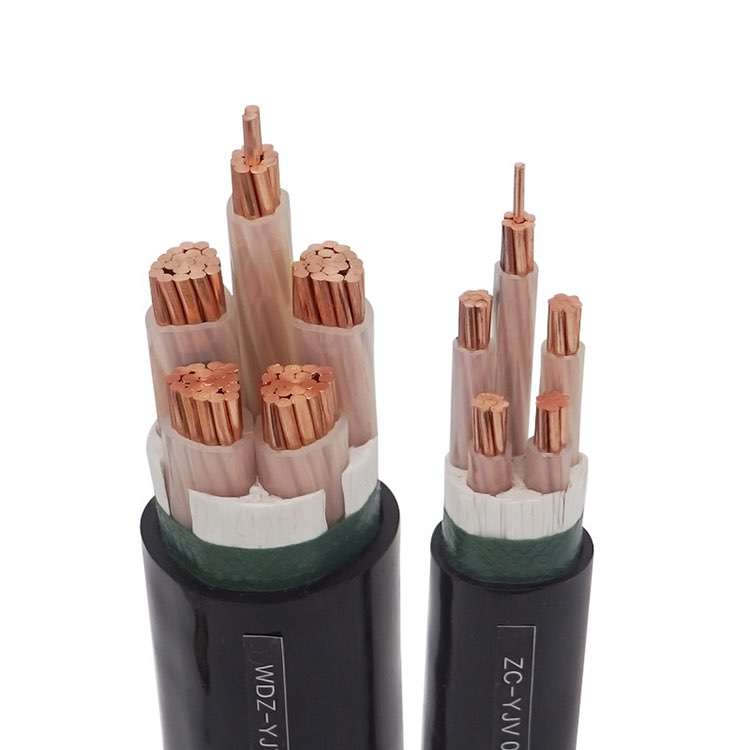 Author: Joey Wan
Author: Joey Wan  August 12,2022
August 12,2022
We all know power cables, so have you ever understood why power cables have more layers of protective insulation than ordinary wires and cables?
Multiple reasons
The outermost layer of the power cable is generally a rubber or rubber synthetic sleeve. The function of this layer is to insulate and protect the cable from damage.
Power cables are divided into high-voltage and low-voltage cables. If it is high voltage, there will also be a layer of resin-like filler in it, which acts as insulation. In high-voltage cables, this layer is the most important part of insulation.

The low-voltage ones do not have this layer, and then there will be some things like ribbons wrapped around them. This is to fix each core of the cable and fill the gap in the middle.
The shielding layer has two functions. The shielding layer of the power cable has two functions: First, because the current passing through the power cable is relatively large, a magnetic field will be generated around the current. The electromagnetic field is shielded in the cable; second, it can play a certain role in grounding protection.
If the core wire of the cable is damaged, the leaked current can flow into the grounding network along the shielding layer to play a role in safety protection.
Control cables are used in many places, especially the control cables of computer systems.
The shielding layer here is used to shield external influences, because the current itself is very weak, and it is very afraid of the influence of external electromagnetic fields.
The composition of the power cable should be: the conductive core, the insulating layer, and the protective layer.
Detailed classification (high voltage, low voltage will not be mentioned): conductive wire core, inner semiconducting layer, insulating layer, outer semiconducting layer, copper shielding, filler, inner lining layer, double steel tape protection layer, outer sheathing.
These parts make up! The above description is for the 10kV power cable.
